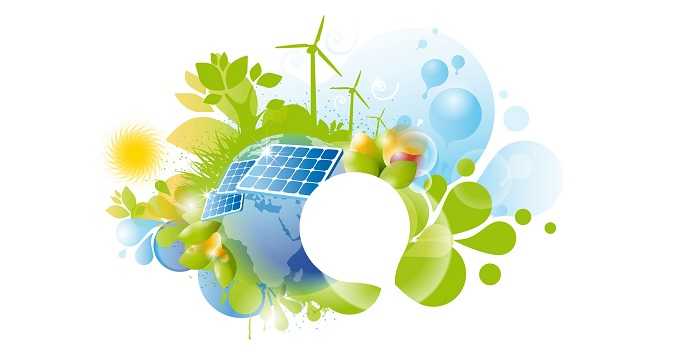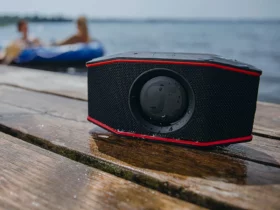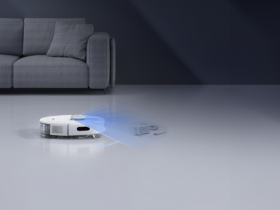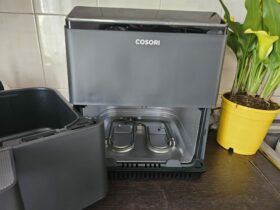New energy classes have recently been introduced which have modernized the previous system, here’s all you need to know
Energy labels are a rating system used to indicate the energy efficiency of a product. Usually, they are applied to household appliances, such as refrigerators, washing machines, dishwasher, but also light bulbs and televisions. The energy classes range from A (most efficient) to G (least efficient) and are indicated on the product label. This rating system allows consumers to choose products that consume less energy and therefore of save on the bill, but also of reduce the environmental impact.

The news compared to the old labels
The old classification of energy classes, used until 2020, it included a rating range from A+++ to D for household appliances. However, the technological progress and the increasing energy efficiency of products have necessitated a revision of the classification. The new classification, which came into effect on March 1, 2021provides for an assessment range from A to G, thus eliminating the classes A+, A++ e A+++. In addition, the new classification takes into account not only the energy consumption of the appliance, but also other factors such as efficiency in mode standby, il noise issued and the efficiency of the washing cycle for washing machines and other functions for other appliances. This evaluation system allows consumers to have a more complete view on theenergy efficiency of the productthus contributing to a more conscious and sustainable choice.
The new energy classes
As already mentioned, in the new nomenclature the evaluation range goes from A to G. We want to leave you with directions for each individual energy rating bringing you real and concrete examples.
- Class A: represents the most efficient energy class. This class includes, for example, refrigerators with annual energy consumption of less than 100 kWh and washing machines with energy consumption of less than 0.2 kWh per kg of laundry.
- Classe B: this energy class includes products with consumption slightly higher than those of class A. For example, refrigerators with annual energy consumption of less than 120 kWh and washing machines with energy consumption of less than 0.3 kWh per kg of laundry
- Class C: represents an average level of energy efficiency. For example, a medium to large TV with a power of 100-150 watts can fall into this energy class.
- Class D: products with higher energy consumption than the previous classes. For example, refrigerators with annual energy consumption of less than 220 kWh and washing machines with energy consumption of less than 0.6 kWh per kg of laundry.
- E class: represents an energy class with very high energy consumption. For example, an electric oven with a power of 3000 watts can be included in this energy class.
- Classe F: products with even higher energy consumption than class E. For example, an air conditioner with a power of 2500 watts can be included in this energy class.
- Classe G: represents the least efficient energy class and with the highest energy consumption. For example, an old refrigerator with annual energy consumption of more than 400 kWh can be included in this energy class.

Conclusions | New energy classes
Choose products from energy rating high is important to reduce your impact on the environment and also to save on your bill. Products with a high energy class, such as refrigerators, washing machines, dishwashers and other household appliances, consume less electricity, thus reducing CO2 emissions in the atmosphere. In addition, these products also often perform better than less efficient products. Therefore, investing in high energy class products not only helps reduce the environmental impactbut also to save money on your long-term bill.
What do you think about it? Let us know with a comment below and continue reading techgameworld.com to stay updated on the latest news and more.
















Leave a Reply
View Comments